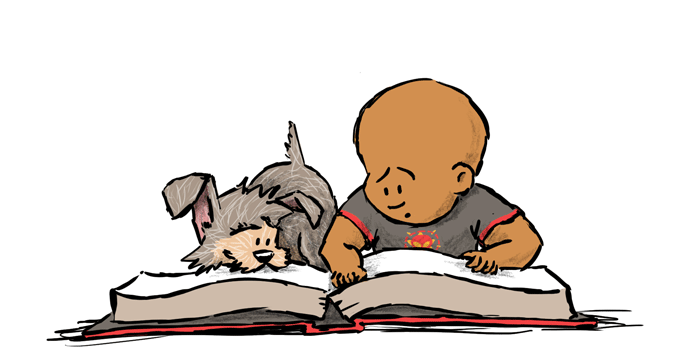Our natural instinct is to give a play-by-play of that movie as though we were describing it to someone else. “In his red pants and blue jacket, the blond-haired boy walked six blocks to his grandmother’s victorian manor. On the way, he found a baby bird that had fallen from its nest.” Does it work? Sure. Do we get the idea? Yup. But we’re missing an important part of our picture book collaboration – the illustrator.
The illustrator is your own personal character designer, your landscape architect, your fashionista. He or she takes your emotional intention for each scene and pushes it to its maximum potential. And the less stage direction you give, the more your illustrator can do with the story.

Exercise: Go through your manuscript and see how many specific references you have to the following:
- Color (unless a book about color)
- Quantity (unless a counting book)
- Clothing descriptions
- Specific Locations (i.e. Key West, Chamberlain’s Deli, Kennedy Space Center)
- Character descriptions
- Things your characters are holding
- How your characters get from place to place
- Specific character actions
Take out as many of those references as you can, and replace them with words and phrases that leave the interpretation open to the illustrator. Hint: Describe the emotional impact of the scene instead of the physical one. (I.e. – instead of “Quinn threw his stuffed dog toy against the wall.” Try “Quinn was mad, and he wanted everyone to know it.”)
Exercise: Look at your manuscript as if it were a movie in your head. In the first scene (first page), write a description of what’s happening. Use as many words as you want. Then, as succinctly as possible, rewrite the page to include only the heart of the story. (And if you prefer, say it in a Morgan Freeman voice.) Repeat the process with the rest of the book. See if you like it better than your original.
Group Exercise: Pick a prompt that can be reinterpreted using the above exercises, such as “Dessie spilled red paint on her shirt.” Let everyone in the group come up with a few examples and then share a favorite. Vote on which example has the most emotional impact / opportunity for an illustrator and discuss why.
We hope this is helpful! Please drop a comment and let us know how this exercise works with your manuscript or class.



